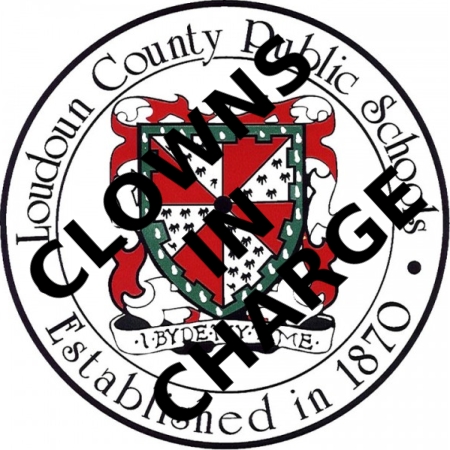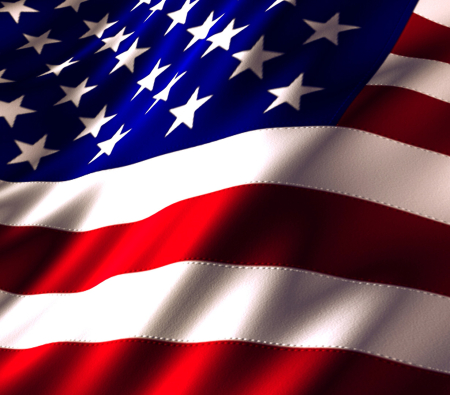Virgin Galactic leases facility in Arizona to build up to six of its reusable suborbital space planes
Capitalism in space: Virgin Galactic announced on July 14, 2022 that it has leased a new facility in Mesa, Arizona where it will build up to six of its reusable suborbital space planes, with the goal of beginning commercial flights by late 2025.
The Delta class spaceship is Virgin Galactic’s production vehicle that is designed to fly weekly, supporting the Company’s target of 400 flights per year from Spaceport America. Based on current schedules, the first of these ships is expected to commence revenue-generating payload flights in late 2025, progressing to private astronaut flights in 2026.
The Company is currently selecting various suppliers to build the spaceship’s major subassemblies, which will be delivered to the new Mesa facility for final assembly. Virgin Galactic motherships will ferry completed spaceships to Spaceport America, New Mexico for flight test and commercial operation.
Combined with its recent contract award to Aurora to build two new motherships, it appears the management that replaced Richard Branson at Virgin Galactic has found that it can’t really proceed with commercial operations with the ships Branson left behind. Apparently the company is working to replace everything, and will likely delay commercial operations another few years in the process.
These decisions might be smart, but considering the company’s long history of endless delays, the buying public and the investment community might not be willing to tolerate more delays. It also remains very questionable there is enough business to justify its prediction of 400 flights per year, even if the company loses no customers.
Capitalism in space: Virgin Galactic announced on July 14, 2022 that it has leased a new facility in Mesa, Arizona where it will build up to six of its reusable suborbital space planes, with the goal of beginning commercial flights by late 2025.
The Delta class spaceship is Virgin Galactic’s production vehicle that is designed to fly weekly, supporting the Company’s target of 400 flights per year from Spaceport America. Based on current schedules, the first of these ships is expected to commence revenue-generating payload flights in late 2025, progressing to private astronaut flights in 2026.
The Company is currently selecting various suppliers to build the spaceship’s major subassemblies, which will be delivered to the new Mesa facility for final assembly. Virgin Galactic motherships will ferry completed spaceships to Spaceport America, New Mexico for flight test and commercial operation.
Combined with its recent contract award to Aurora to build two new motherships, it appears the management that replaced Richard Branson at Virgin Galactic has found that it can’t really proceed with commercial operations with the ships Branson left behind. Apparently the company is working to replace everything, and will likely delay commercial operations another few years in the process.
These decisions might be smart, but considering the company’s long history of endless delays, the buying public and the investment community might not be willing to tolerate more delays. It also remains very questionable there is enough business to justify its prediction of 400 flights per year, even if the company loses no customers.





